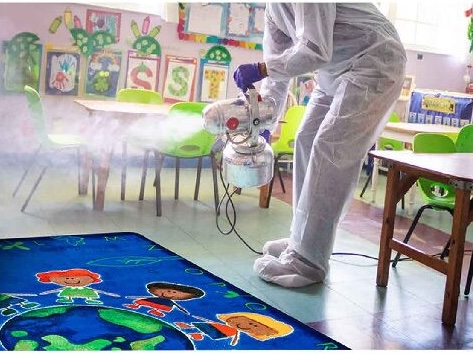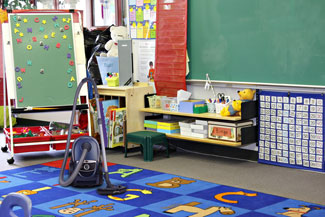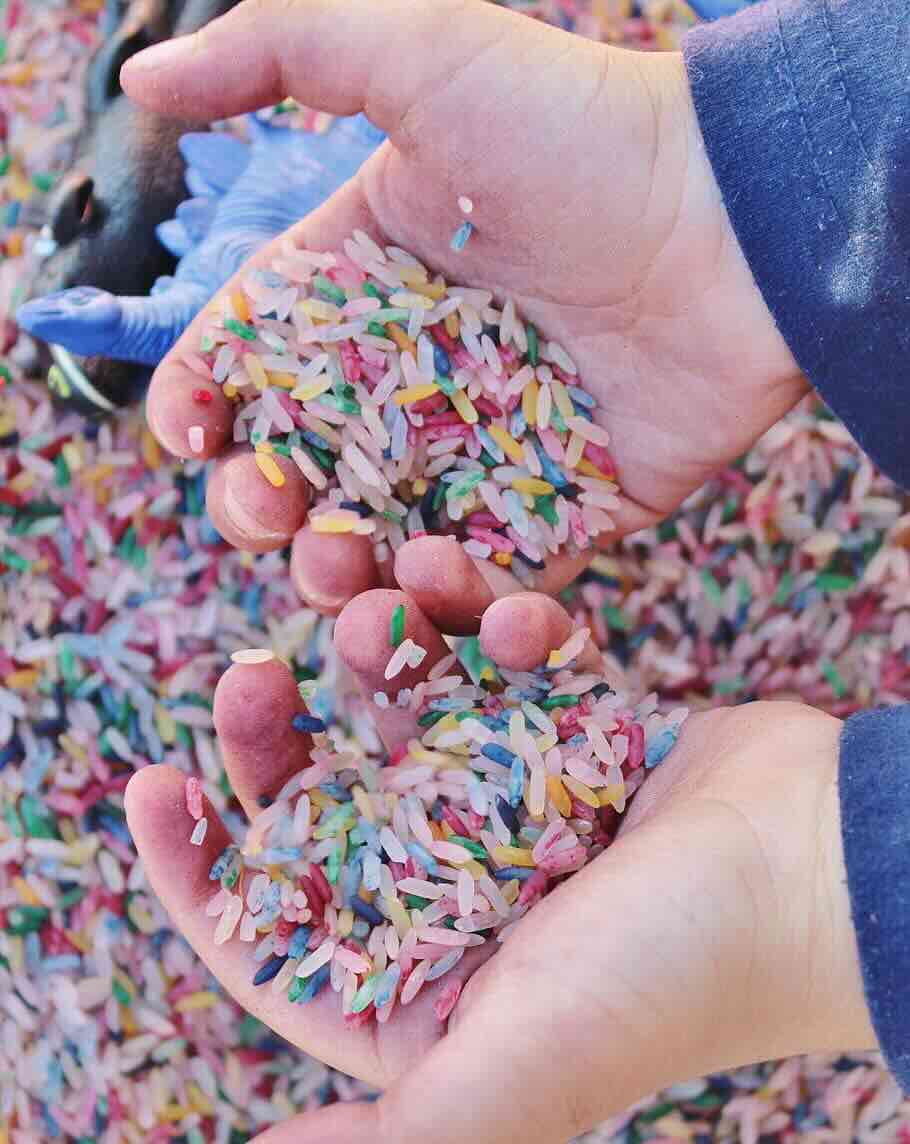Welcome to the definitive guide on maintaining and cleaning your classroom area rug. Educational area rugs are not just vibrant additions to the learning environment but also crucial in creating an engaging and comfortable space for students. However, the challenge of keeping these rugs clean and pristine is a task many educators face. This comprehensive guide will navigate you through the nuances of rug care, ensuring your educational space remains both beautiful and hygienic.
Understanding Your Classroom Rug
| Type | Characteristics | Benefits |
|---|---|---|
| Synthetic Fibers | Made from materials like nylon, polyester, and polypropylene. Durable and stain-resistant. | Easy to clean, affordable, and maintains color well. |
| Wool Fibers | Natural fiber that is soft and luxurious. Excellent insulator and naturally soil-resistant. | Durable, eco-friendly, and provides a comfortable texture. |
| Blended Fibers | Combines synthetic and natural fibers, usually wool mixed with synthetic materials. | Balances the benefits of both types, offering durability with a softer feel. |
Before diving into cleaning methods, it's vital to understand the type of rug you have in your classroom. Classroom rugs come in various materials and designs, each requiring specific care techniques. Typically, these rugs are made from synthetic fibers like nylon or polypropylene, natural fibers such as wool or cotton, or a blend of both. Synthetic rugs are popular in educational settings due to their durability and ease of cleaning, whereas natural fiber rugs offer a softer texture but may require more delicate handling. Since some materials are easier to clean than others, identifying the material of your rug is the first step in choosing the appropriate cleaning method and ensuring its longevity.
Pre-Cleaning Considerations
Before any cleaning commences, assess the rug's condition. Look for any existing damage or areas prone to wear and tear, as these might need special attention or a gentle approach. Addressing spills and stains immediately can prevent them from setting in and becoming more challenging to remove. Regular maintenance, such as daily vacuuming and prompt attention to spills, plays a crucial role in the overall cleanliness of your educational rug. This preemptive care not only extends the life of the rug but also maintains its appearance and functionality in the bustling classroom environment.
Safe Cleaning Agents for Classroom Rugs
When selecting cleaning products for your classroom rug, it's imperative to avoid harsh chemicals, such as bleach, which can damage the fibers and cause the colors to run. Instead, opt for gentle, non-toxic cleaners specifically designed for use on educational rugs. Many manufacturers recommend specific brands or types of cleaners that are safe and effective for their products. Additionally, consider using natural cleaning solutions, like a mixture of vinegar and water, for everyday cleaning. These solutions are not only safe for children but also environmentally friendly and less likely to cause damage to the rug's material.

Dry Cleaning Techniques for Classroom Rugs
Dry cleaning powders are an excellent option for maintaining the cleanliness of your educational rug without the risk of water damage or mold growth. These powders are sprinkled over the surface of the rug, left to sit for a specified period, and then vacuumed away, lifting dirt and grime in the process. This method is particularly effective for cleaning without leaving a residue or dampness. However, it's crucial to use products that are approved for use on carpets and rugs to avoid potential damage. Always follow the manufacturer's instructions for the best results and to ensure the safety of the classroom environment.
Spot Testing: A Crucial Step
Before applying any cleaning product to the entire rug, conducting a spot test on a small, inconspicuous area is essential. This precautionary step helps ensure that the cleaner won't cause discoloration or damage the fibers. Apply a small amount of the cleaning solution to the test area, wait for the recommended time, and then check for any adverse reactions. If the spot test reveals no issues, you can proceed with cleaning the larger area. This careful approach can save you from potential headaches and preserve the aesthetic and functional quality of your educational rug.

Blotting vs. Scrubbing: The Right Technique
When dealing with spills and stains on your classroom rug, the method of blotting rather than scrubbing is essential. Blotting involves pressing a clean cloth or paper towel against the spill to absorb the liquid, which helps prevent the stain from spreading or penetrating deeper into the fibers. Scrubbing, on the other hand, can fray the carpet fibers and embed the stain further into the rug. Always use a gentle touch and a suitable cleaning agent for blotting out stains. Patience during this process ensures the longevity and continued attractiveness of your educational rug.
Deep Cleaning Processes
Periodic deep cleaning is crucial to maintain the overall hygiene and appearance of your classroom rug. While daily maintenance can remove surface dirt, a deeper clean helps to extract embedded grime and allergens. Consider hiring professional cleaners who specialize in educational rugs or using a high-quality carpet cleaner designed for deep cleaning. These services or products can rejuvenate your rug, making it look and feel fresh. Ensure that deep cleaning is done during school breaks or weekends to allow sufficient drying time and to minimize disruption to the learning environment.
Vacuuming Practices for Classroom Rugs
Regular vacuuming is a cornerstone of rug maintenance, helping to remove dust, dirt, and debris. For educational area rugs, using a vacuum with adjustable suction and a brush roll is ideal. The brush roll lifts the rug fibers, allowing the vacuum to remove dirt more effectively, while adjustable suction prevents damage to the rug's backing. Vacuuming should be done at least once a week, or more frequently in high-traffic areas. Avoid vacuuming over the edges or fringes of the rug, as this can cause fraying and damage over time.
Stain Removal Tips
Effective stain removal is key to maintaining the appearance of your classroom rug. Different types of stains require different approaches. For example, water-soluble stains like mud or spilled juice can often be treated with a simple solution of water and mild detergent. More stubborn stains, such as ink or paint, may need a specialized cleaner. It's important to act quickly; the longer a stain sits, the harder it will be to remove. Use a clean, white cloth to dab the stain gently, working from the outside in to prevent spreading. Never use hot water, as it can set the stain permanently into the fibers.
Regular Maintenance Schedule
Creating a regular maintenance schedule for your classroom rug is essential to prolong its life and maintain its appearance. This schedule should include daily light cleaning, such as vacuuming and spot cleaning, as well as more thorough weekly or monthly cleanings depending on the rug's usage and exposure to dirt. Involving students in the cleaning process can also serve as a valuable teaching moment about responsibility and the importance of cleanliness. Additionally, seasonal deep cleanings can refresh the rug and remove accumulated allergens and dirt.
Repair and Restoration
Over time, even the best-maintained rugs can show signs of wear and may need repair or restoration. Common issues include loose threads, fraying edges, or areas worn thin by heavy traffic. Early intervention can prevent these problems from worsening. In some cases, professional restoration may be necessary to return the rug to its original condition. Regular inspections of the rug can help identify potential issues early, ensuring that your educational rug remains a vibrant and functional part of the classroom for years to come.
Recycling and Replacement
When a classroom rug reaches the end of its useful life, consider environmentally friendly options for disposal. Many rugs can be recycled, repurposed, or donated to extend their lifecycle and reduce waste. Check with local recycling programs to see if they accept worn-out educational rugs. When selecting a new rug, prioritize durability, ease of cleaning, and eco-friendliness. Investing in a high-quality, sustainable rug not only benefits the environment but also offers long-term savings and enhances the classroom experience.
Case Studies and Success Stories
Real-world examples illustrate the effectiveness of proper rug care in educational settings. For instance, a preschool in California implemented a regular maintenance schedule for their classroom rugs, resulting in a significant reduction in allergy symptoms among students. Another success story comes from a high school in Vermont, where a well-maintained educational rug lasted over a decade, thanks to diligent care and occasional professional cleaning. These cases underscore the importance of consistent maintenance and the potential longevity of classroom rugs when they are properly cared for.
Conclusion
Maintaining the cleanliness and integrity of classroom area rugs is crucial for creating a healthy and engaging learning environment. By understanding the type of rug you have, using appropriate cleaning methods, and adhering to a regular maintenance schedule, you can extend the life of your educational rug and ensure it remains a vibrant part of your classroom. Remember, the effort you put into caring for your classroom rug not only preserves its appearance and functionality but also contributes to a more dynamic and comfortable learning space for students. For comprehensive guidance on selecting the right rug material for your specific needs, see our full classroom carpet guide for detailed buying help.
Classroom Rug Maintenance Checklist
| Task | Frequency | Notes |
|---|---|---|
| Vacuum the rug | Daily | Use a vacuum cleaner with adjustable suction. |
| Spot clean spills | Immediately | Use recommended cleaning agents and blot gently. |
| Perform a spot test | Before cleaning | Test cleaning products on a small, hidden area. |
| Deep clean the rug | Monthly | Consider professional cleaning or approved methods. |
| Inspect for damage | Weekly | Look for signs of wear or damage for early repair. |
| Avoid harsh chemicals | Always | Never use bleach or similar strong agents. |
| Repair any visible damage | As needed | Address fraying edges or loose threads promptly. |








